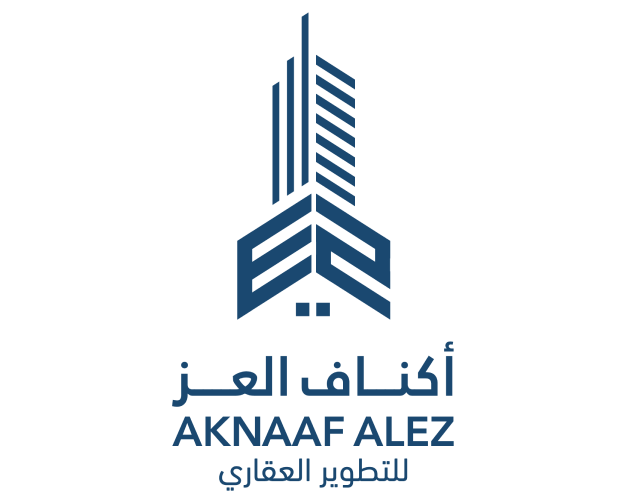Stages of Project Development: From Idea to Execution
The process of project development is a complex one that requires meticulous planning and effective management to ensure the achievement of desired goals. It consists of several stages, starting from idea development and goal setting to execution and evaluation. Here’s a detailed explanation of each stage in the project development process:
1. Idea Stage and Goal Setting
Initially, a project idea emerges from analyzing a specific need or opportunity in the market. This stage requires answering fundamental questions such as:
- What is the project’s purpose?
- What need does it address?
- Who is the target audience?
This step aims to build a clear vision for the project and define its expected outcomes.
2. Feasibility Study
Once the idea is defined, the next step is conducting a feasibility study. This includes evaluating the project from economic, financial, and technical perspectives to determine its viability. A feasibility study helps identify the required resources, total costs, and expected returns. The study includes the following elements:
- Economic Analysis: Assessing the target market and studying competitors.
- Financial Analysis: Estimating total costs and forecasting profits and return on investment.
- Technical Analysis: Examining the technical and technological capabilities needed to implement the project.
3. Project Planning
Based on the feasibility study results, a detailed project plan is created. This plan includes all tasks and steps necessary for implementation, along with a timeline and budget. The goal is to organize the workflow, allocate resources, and assign responsibilities. Key components of the project plan include:
- Setting Milestones: Establishing clear objectives for each project phase.
- Timeline: Assigning a time frame for each task or activity.
- Resource Allocation: Allocating human and financial resources to each phase.
4. Risk Management
Risk management is a vital step to ensure the project’s success. It involves identifying potential risks and developing plans to address them if they arise. These risks may include economic, technical, operational, and other factors. Proactive risk management reduces potential losses and increases the chances of success.
- Identifying Risks: Listing all potential risks.
- Risk Analysis: Evaluating the impact of each risk on the project.
- Contingency Plans: Developing strategies to deal with potential risks.
5. Resource Allocation and Budget Management
After the project plan is finalized, necessary resources such as funds, personnel, and equipment are allocated. Budget management is a critical part of this phase, ensuring funds are distributed appropriately for each stage. Effective budget management prevents cost overruns and helps avoid financial crises during implementation.
6. Execution
The execution phase begins after planning is complete. All activities are carried out according to the timeline and project plan. During this phase, progress is monitored to ensure that milestones are achieved. Regular monitoring and evaluation are crucial to ensure adherence to the plan.
- Monitoring Progress: Tracking tasks and documenting accomplishments.
- Ensuring Quality: Verifying that work meets high-quality standards and required specifications.
- Team Management: Guiding and supervising teams to achieve goals.
7. Evaluation and Follow-up
Once the project is completed, the evaluation and follow-up stage begins. This involves assessing the final results and determining whether goals were achieved. The evaluation helps identify strengths and weaknesses in project management and provides valuable insights for future projects.
- Analyzing Results: Comparing actual outcomes to predefined objectives.
- Learning from Experience: Documenting lessons learned from the project.
- Final Reports: Preparing reports detailing achievements and key takeaways.
Conclusion
The process of project development involves several stages, starting with idea generation and ending with evaluation. Each stage plays a critical role in ensuring the project’s success and achieving its objectives. Adherence to the project plan, effective resource and risk management, and continuous evaluation are key factors that contribute to delivering satisfactory results and minimizing challenges.




لا تعليق